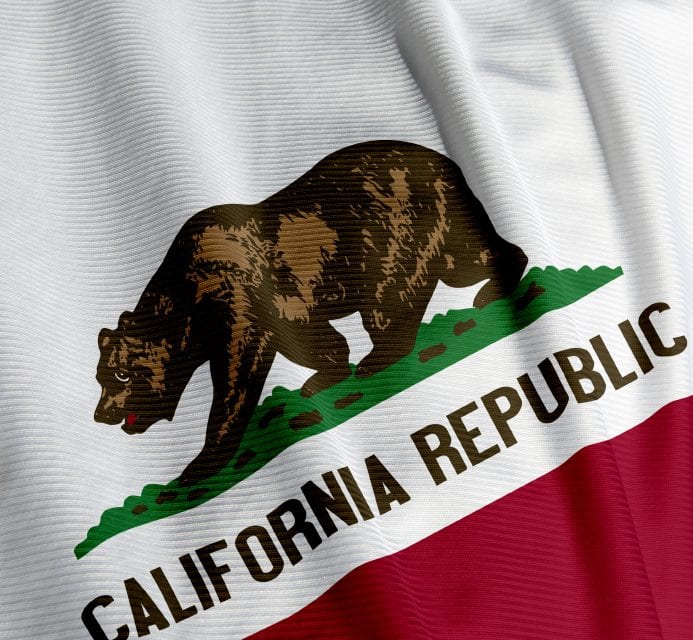It surprised everyone to learn of DINP’s addition to California’s Prop 65 list in December of 2013. Diisononyl phthalate (DINP) is used to soften vinyl. DINP is a general purpose plasticizer used in many vinyl products that demand durability, flexibility and specific functionality. DINP and many other plasticizers are used in the manufacturing of Presco Engineered Film. I have a feeling that if you are reading this blog then you probably don’t need an explanation of what exactly Prop 65 is, but I don’t want to assume…
Prop 65 refers to California’s Safe Drinking Water and Toxic Enforcement Act of 1986. Among other things, it requires the State of California to publish a list of chemicals known to cause cancer or birth defects or other reproductive harm. This list must be updated each year and now includes over 800 chemicals since it was first published in 1987. Prop 65 has labeling requirements for products sold in California which include any of the 800 chemicals listed to inform California’s consumers at the time of their purchase.
Here is the list in all its glory
Yes, coffee is on there too which is why you will see a Prop 65 warning at your local Starbucks in CA.
As I mentioned before, the popular plasticizer used in flexible vinyl (DINP) was added to Prop 65 in December 2013. No one is sure what triggered the inclusion since no new studies have been published proving DINP’s risk to human health. I guess it doesn’t really matter that there are numerous studies showing no link between DINP and reproductive health issues. But nonetheless, there was DINP.
The Office of Environmental Health Hazard Assessment (OEHHA) administers the Proposition 65 program. With the addition to the list, the OEHHA usually releases a corresponding safe harbor level but at it sits today, only about 300 safe harbor levels have been published for the almost 800 chemicals. DINP was listed without a safe harbor level. What does that mean? According to OEHHA’s website:
If there is no safe harbor level for a chemical, businesses that expose individuals to that chemical would be required to provide a Proposition 65 warning, unless the business can show that the anticipated exposure level will not pose a significant risk of cancer or reproductive harm. OEHHA has adopted regulations that provide guidance for calculating a level in the absence of a safe harbor level. Regulations are available at Article 7 and Article 8 of Title 27, California Code of Regulations. Determining anticipated levels of exposure to listed chemicals can be very complex. Although a business has the burden of proving a warning is not required, a business is discouraged from providing a warning that is not necessary and instead should consider consulting a qualified professional if it believes an exposure to a listed chemical may not require a Proposition 65 warning.
Clear as mud, right? The American Chemistry Council has worked to provide a safe harbor level. Their website has many useful tools in navigating the Prop 65 requirements as they pertain to DINP.
Here’s to hoping Prop 65 can somehow become useful to consumers rather than a maze of ignored labels and confusing warnings.

